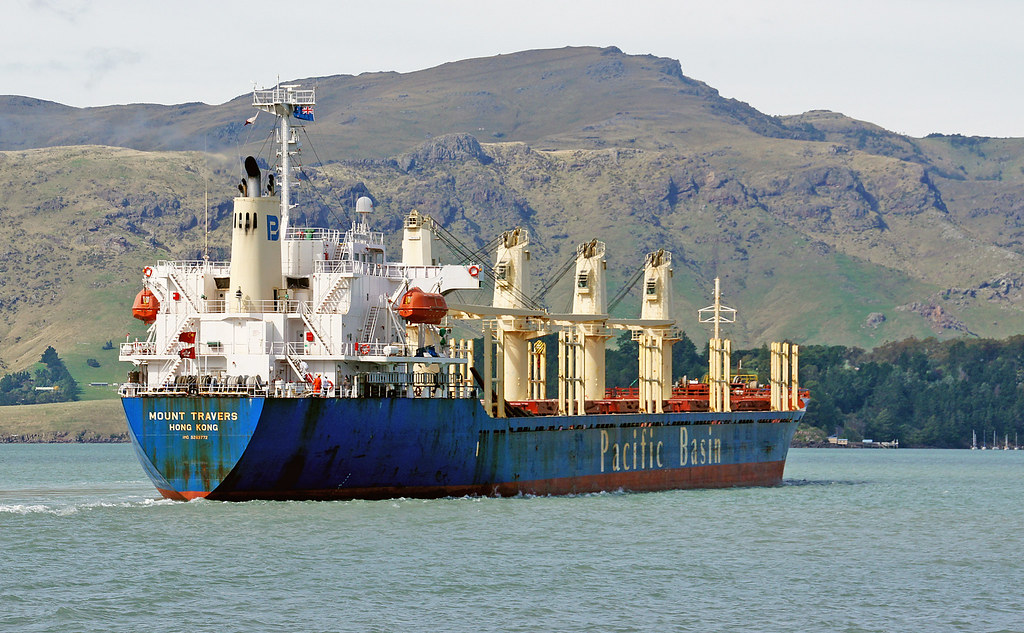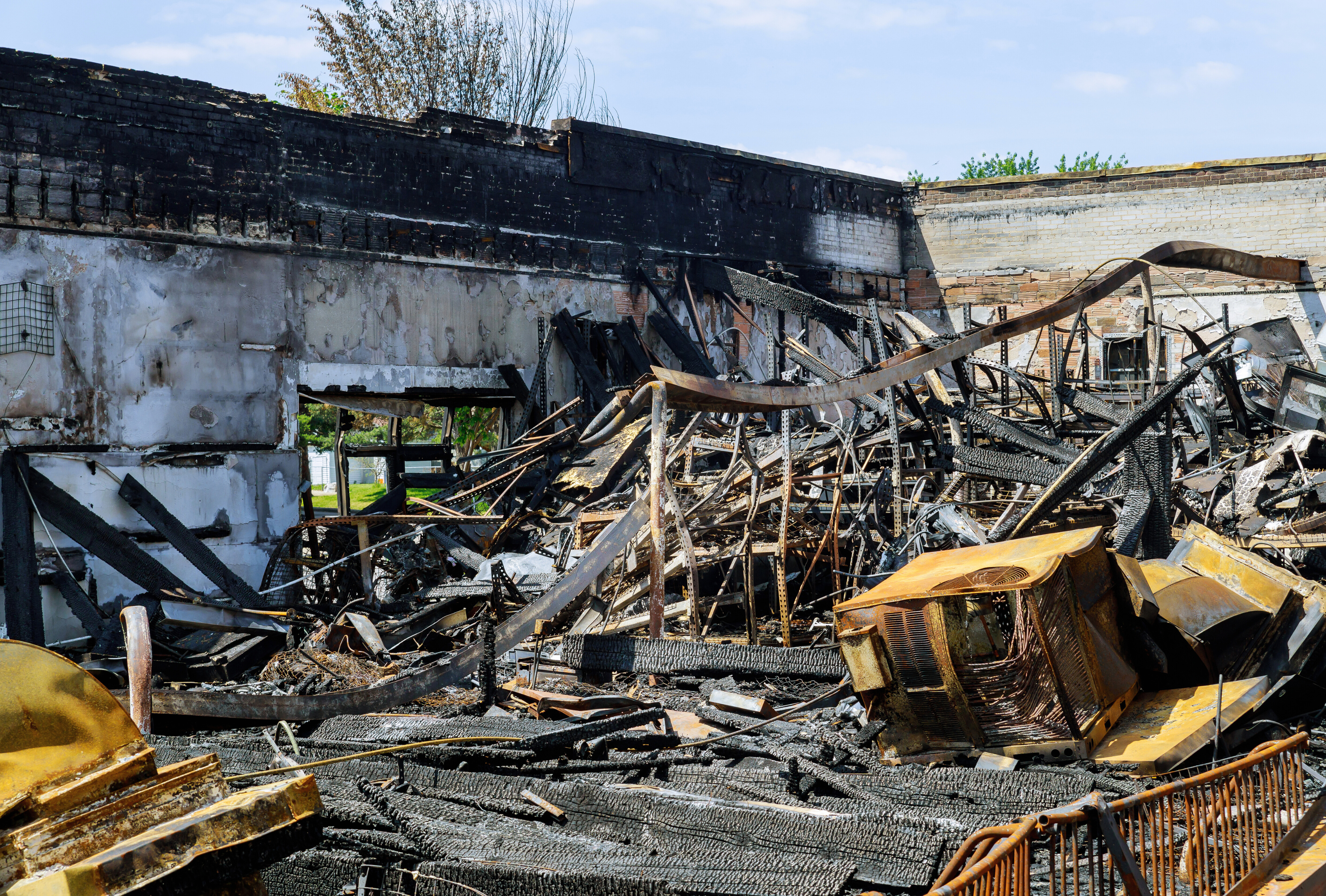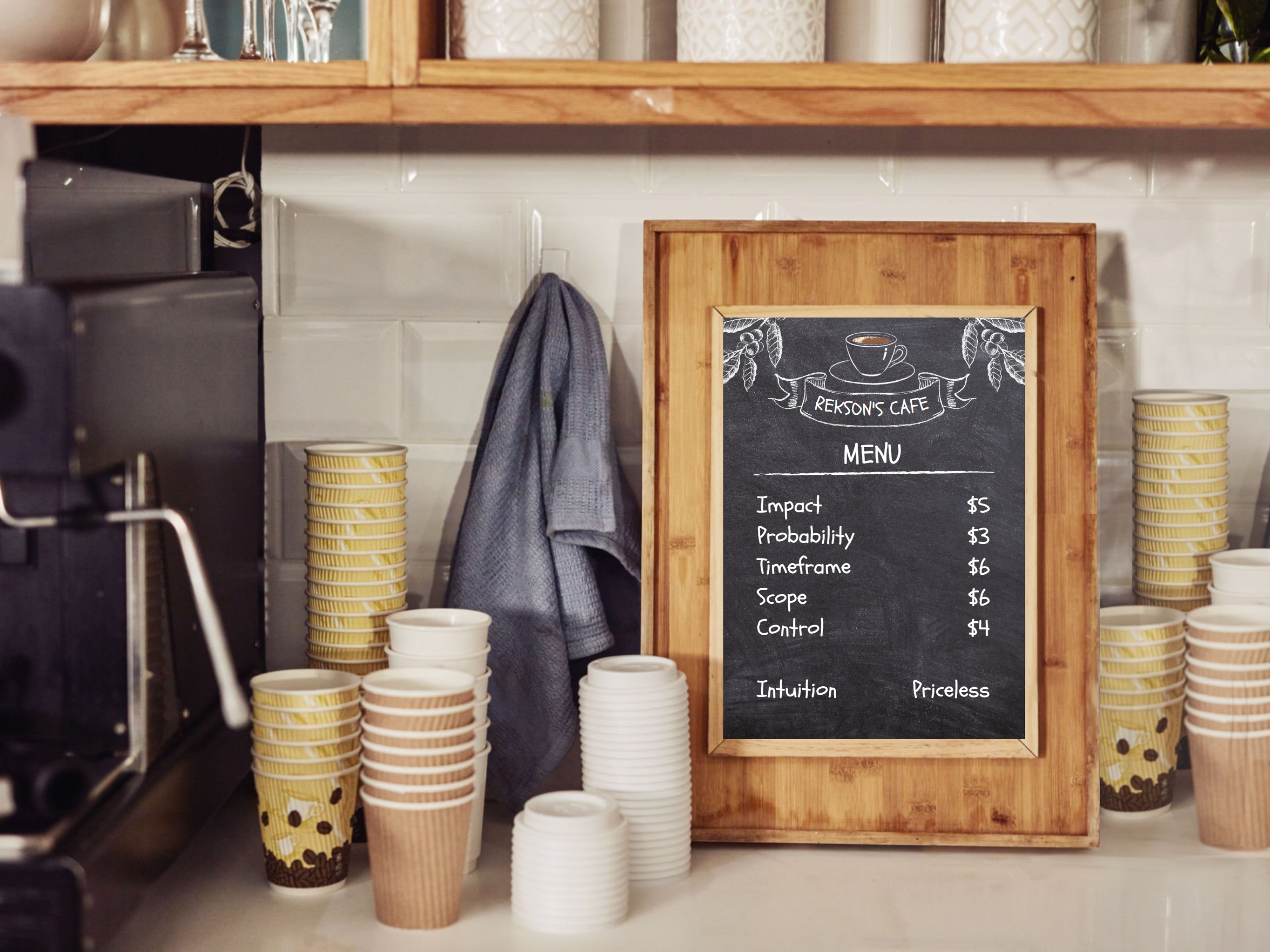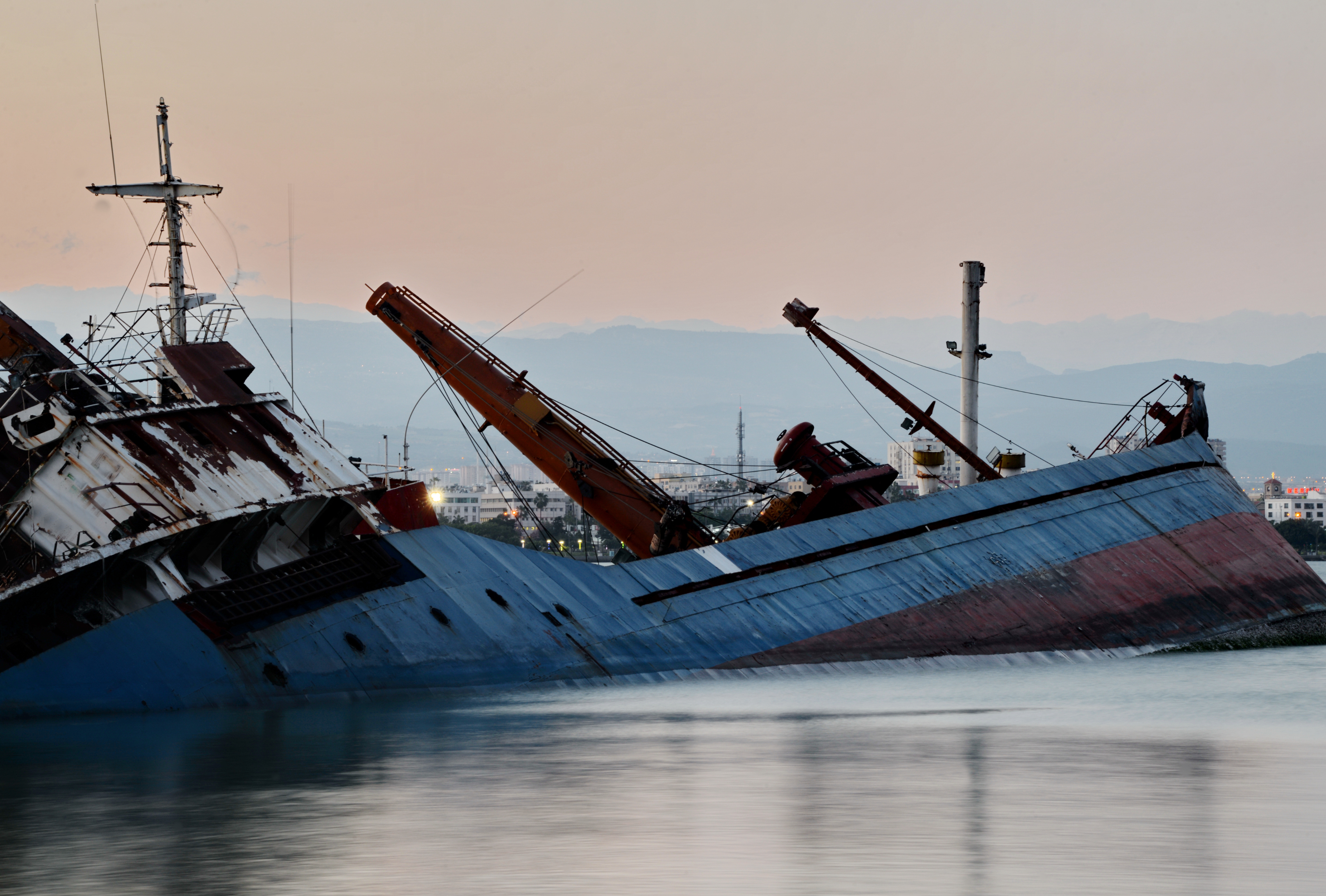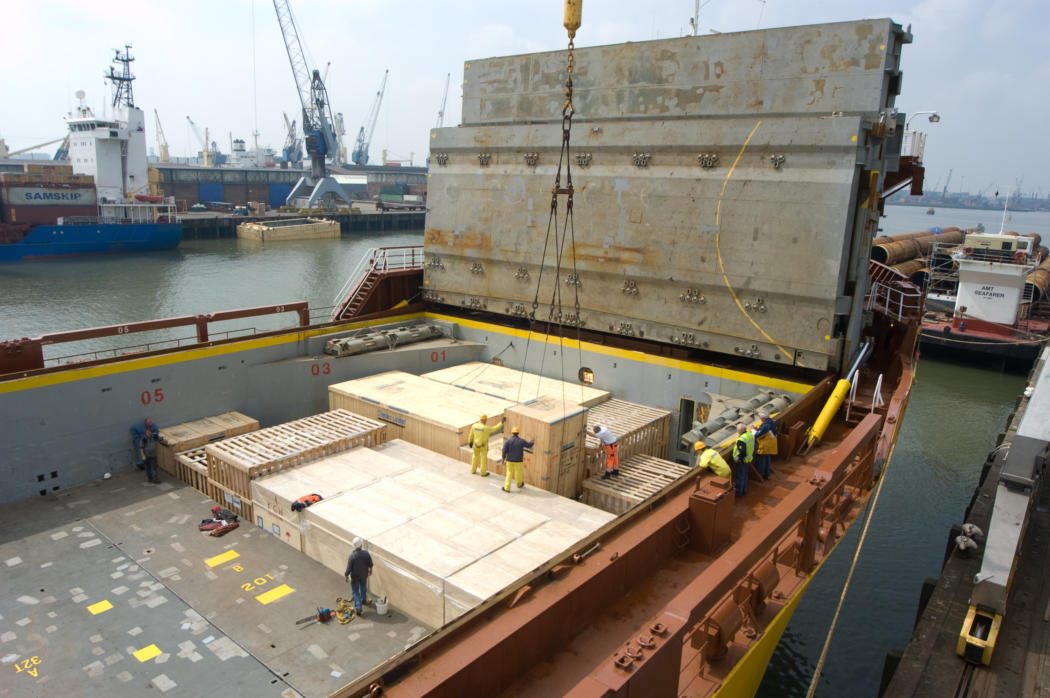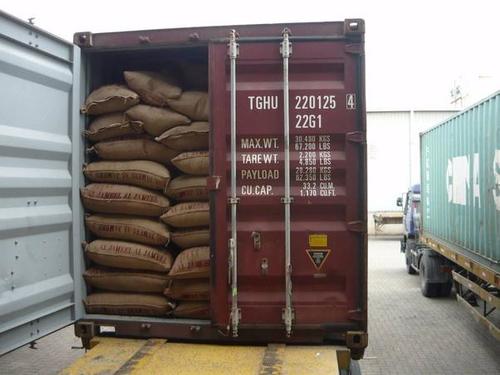Reports that say that something hasn’t happened are always interesting to me, because as we know, there are known knowns; there are things we know we know. We also know there are known unknowns; that is to say we know there are some things we do not know. But there are also unknown unknowns – the ones we don’t know we don’t know. And if one looks throughout the history of our country and other free countries, it is the latter category that tend to be the difficult ones.
(quoted from the U.S. Department of Defense New Briefing by Secretary Donald H. Rumsfeld on Feb 12, 2012 http://archive.defense.gov/Transcripts/Transcript.aspx?TranscriptID=2636)
This quote has received much attention since those famous words were spoken over five years ago. Its practical application across nearly any platform still rings true today, most poignantly in coffee insurance.
So, I thought it an interesting exercise to apply this approach to coffee insurance risk management and briefly look at what lurks in the shadows of a typical movement of coffee from origin to destination broken into these three categories.
Before we begin, a quick reminder that insurance is NOT gambling. There cannot be the chance that the beneficial cargo owner can “win.”
Known Knowns
These are the obvious risks that will affect every coffee shipment. Left unattended they will result in a problem. They are fairly well known to anyone shipping coffee.
Quality issues – the contract calls for Brazil/Santos NY 2/3 but 3/4 is shipped. Any counterparty worth its annual fee to the various trade associations governing the contract will immediately call out the shipper on this discrepancy. Obviously, the trade rules have built-in remedies for such an event.
Condensation – coffee prepared and not properly dried to the accepted standard of 13% or less, more than likely will have a condensation loss. This dances very closely around the inherent vice exclusion.
Storage practices – disorganized warehouses and improper or lack of documented storage processes will routinely suffer from “unexplained” inventory shortages, vermin, or worse! All which become a very tedious and difficult claim submission.
Any loss under this category generally would fall outside the scope of any marine cargo insurance policy, as we know that if we don’t take some premeditated action that we will have a certain loss.
Known Unknowns
Here are losses that despite shipper’s taking reasonable and prudent precautions, still occur though they are not expected. Most coffee shippers will have anticipated these losses and have implemented some type of contingency plan.
Shortages and slacks from sampled jute bags; condensation losses from 3rd party suppliers who independently verify that moisture levels were well within tolerances; container damages from travails of handlers within the supply chain; Theft losses from FOT up-country purchases despite reputable security escorts.
It is not known when or where they will show themselves, but shipper’s have made a conscientious decision on how to act.
Shipper’s can insure such losses outright through a cargo insurance policy; utilize either straight or franchise deductibles to deal with the more frequent losses; or, absorb the loss completely when the shipper feels confident in its procedure and its balance sheet.
Additionally, the loss can be transferred to 3rd party carriers or bailees through written agreements meant to deal with very real scenarios.
In any of the above, however, a decision is made on how to finance a possible loss from these perils. They could be catastrophic, but your Company goes into the loss with their eyes wide open.
Unknown Unknowns
Finally, there are those perils that the shipper has not contemplated and does not even know that could affect their movements of coffee.
These are the perils that could cause the most harm, because a legitimate plan has not been put in place to deal with their consequences.
General Average – many shippers are completely unaware that they can be at risk even though their goods are completely free from any loss or damage. This is an age-old peril (in fact the first insurance ever made) created to help ensure the marine voyage was a success. The master need not concern himself with what goods he is carrying or their values, but rather, to do what it takes to save the voyage in times of peril. When successful all participants will share in the costs involved to make that happen.
Today, we see massive container ships carrying tremendous values. The ability to prevent disaster and loss of all cargo is just as important now as it was to the Phoenicians back in 1200 BC.
Bankruptcy of steamship lines – despite the shipper’s pre-paid freight to the steamship line, coffee is stranded adrift or moored outside port and additional freight charges are necessary to forward the container to original destination on a different carrier.
Ill-conceived Incoterms – where shipper’s have sold on FOB terms but payment is net 180 days, and title transfers upon presentation of documents.
Natural disasters – tsunamis, hurricanes, and other natural disasters that disrupt supply chains and your ability to get to your cargo, sometimes for months to come.
Overseas Surveyors – many companies purport to be a one-stop shop for surveying damaged cargo. Inexperienced surveyors to the nuances of coffee could add significant costs to the claim and ultimately the loss ratio.
A well-constructed cargo policy will have contemplated many of the “unknowns” with specific clauses to help protect the beneficial cargo owner.
An in-tune insurance broker will work closely with the shipper to specifically identify its risk appetite in order to maximize the efficiency of the policy.
Most importantly, a specialized cargo program will have the tools to adequately deal with constantly changing landscape of coffee shipping and the new “unknown unknowns” that await your coffee.
Article originally published in Tea & Coffee Trade Journal.




